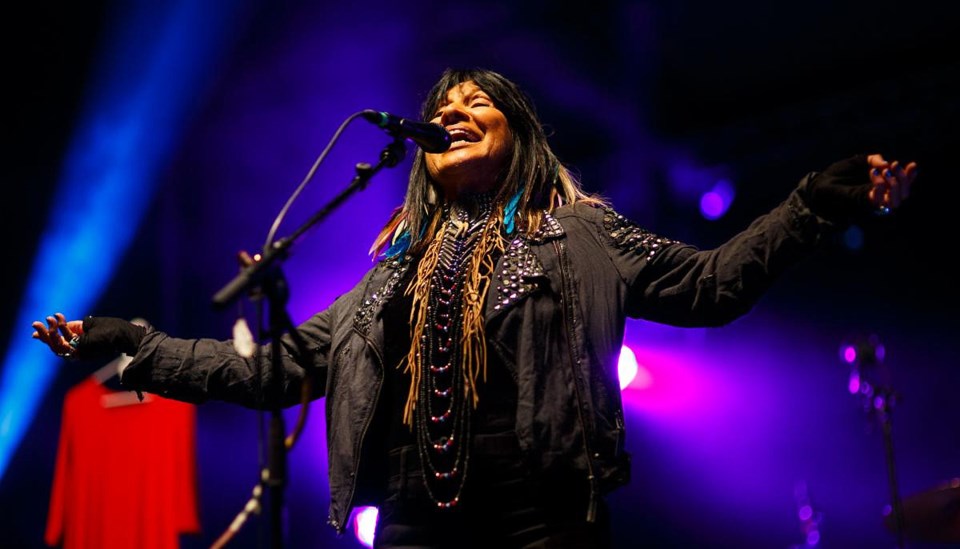So Buffy Sainte-Marie is the latest point of conversation in the larger discussion of ethnic fraud. The CBC is alleging that she is not actually Indigenous, let alone from the Piapot First Nation.
It is possible she will soon fall into the category of individuals like Joseph Boyden, Michelle Latimer, Carrie Bourassa, and Mary Ellen Turpel-Lafond. Although, I doubt it.
Indigenous peoples had been calling into question the claims these four individuals had made to being Indigenous for decades before it finally hit mainstream media.
The same is not true for Buffy Sainte-Marie, and indeed, several rather prominent Indigenous individuals have spoken up in her defense, including her adopted family from the Piapot First Nation. Few people still defend the famous four, at least not on a public platform.
The entire matter raises the topic of ethnic identity. This topic is one of those that people either think a lot about or hardly at all. Strictly speaking, everyone has an ethnic identity. But for many people it is simply a matter of stating what they are. What this statement is based on varies from person to person and most people do not care if you are English or Han, although claiming to be one when you are the other might lead to some questions.
Many people think Indigenous studies is a woke academic discipline, if they think it is an academic discipline at all. And certainly, like every other discipline in the academy there are Indigenous studies scholars who consider themselves woke. But that is not true for most members of the academy, Indigenous studies included. This reality is seen in a major field of study in Indigenous studies: identity.
Identity has played an important in Indigenous history since 1492 and the multitude of First Nations were lumped together under the term Indian. It took on more meaning in 1850 when the Province of Canada passed a law to determine who was legally considered to be an Indian. After this point in time there would be a legally distinct group of individuals in British North America, and after Confederation, Canada, called Indians. Originally based on being a man of Indigenous ancestry, his spouse, or his child, the definition has changed over time, but even today there are status Indians.
These definitions, however, bring us to the first issue with Indigenous identity. What about all the people who could not meet the definition: the so-called non-status Indians. Sometimes it might be a matter of the individual simply not applying for status, but other times people lose status for any number of reasons. The most egregious being the policy until 1985 of women automatically losing status if they married a man who did not have status, whereas a woman could gain status if she married a man with status, regardless of her ancestry. And while some of the women who lost status have since gotten it back, the federal government did not remove status from people who gained it through marriage.
Furthermore, at the same time band membership was separated from Indian status. The end result is that there still were many people with Indigenous ancestry who are not status Indians, a number of people with no Indigenous ancestry who are status Indians, and a complete separation from both when it comes to band membership. In other words, it is complicated.
Many Indigenous peoples have proposed doing away with status and many of the modern treaties in British Columbia have done just that. The argument is that band membership or citizenship should be used to identify people. This belief, however, raises the topic of Métis membership. Unlike Indian status it is defined by the Métis. The problem is that there are competing definitions of who is and who is not Métis and a whole host of Métis organizations. The two largest: the Manitoba Métis Federation and the Métis National Council have similar, but slightly different definitions.
The most relevant to British Columbia is the former’s definition of the Métis homeland as it does not include most of the province and excludes some people who claim to be Métis. So even when membership is defined by community, problems can emerge, especially when the community cannot agree on who is in or out.
And this brings us back to Buffy Sainte-Marie.
Her story is a common one in Canada.
Whether it is true or not, lacking basic knowledge about your parents makes the question of identity worse.
Daniel Sims is a member of the Tsay Keh Dene First Nation and a professor in the First Nations Studies program at the University of Northern B.C.



